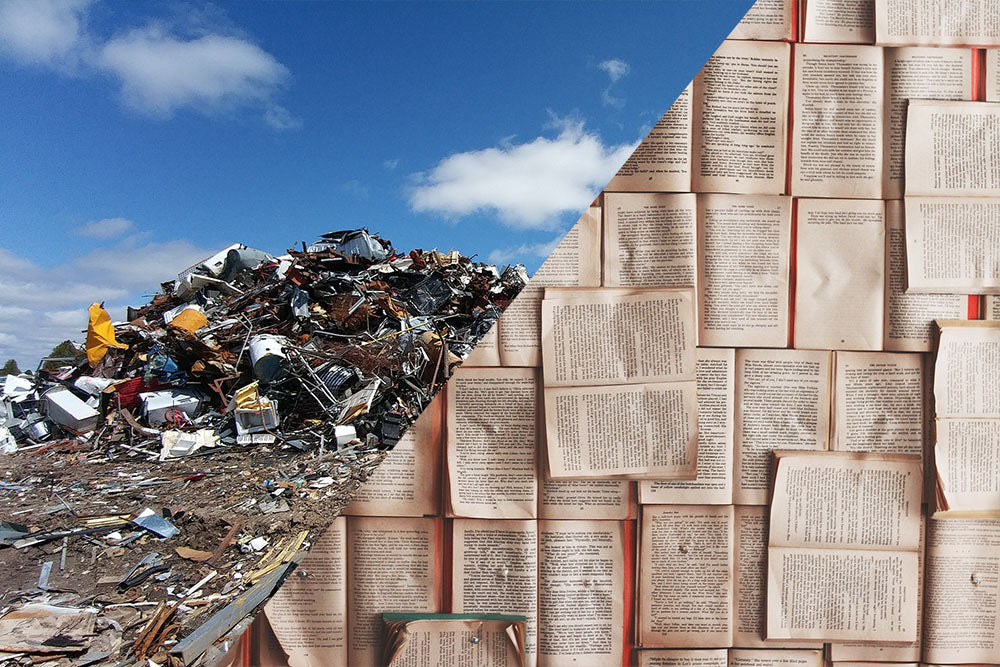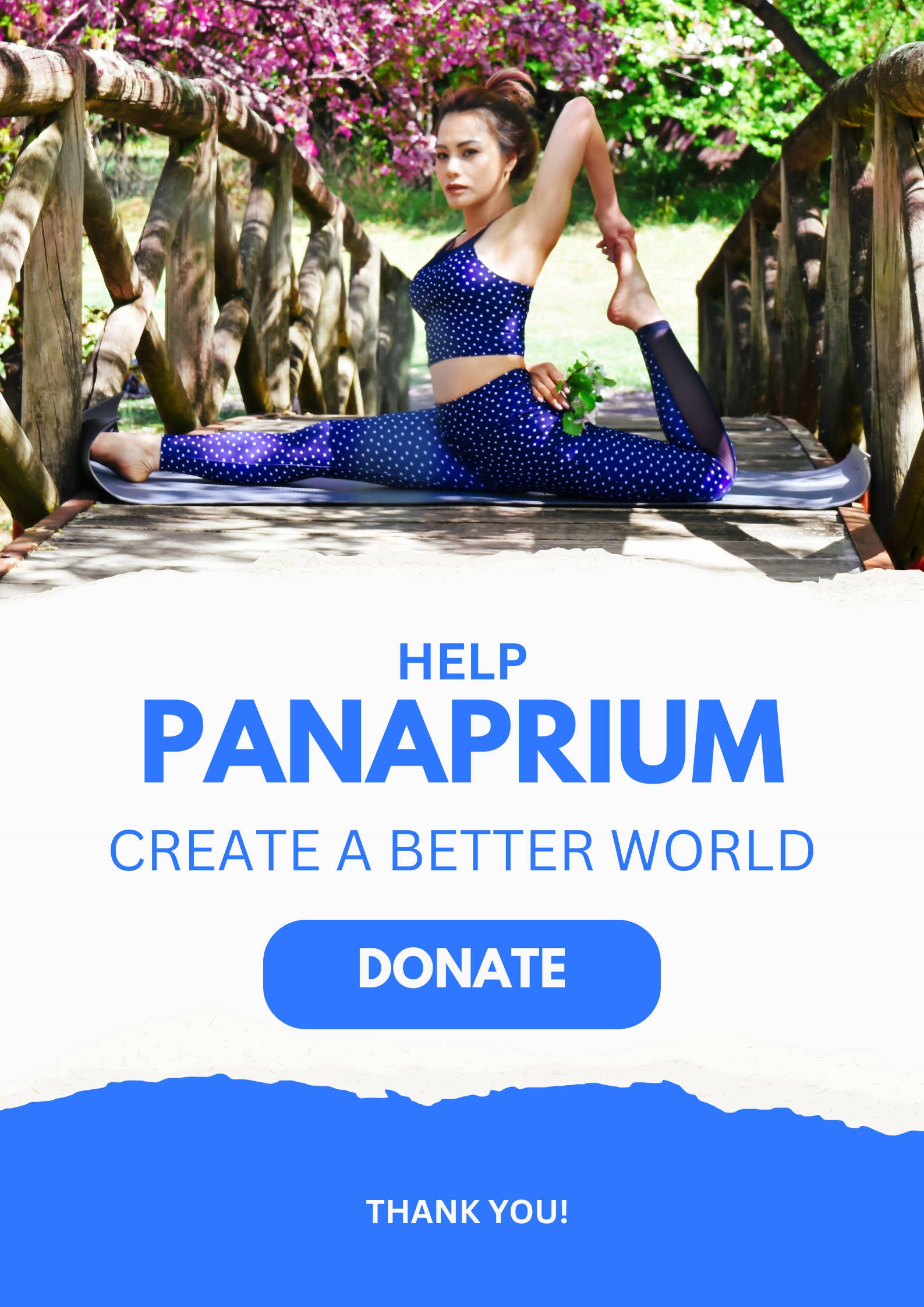
Reusable plastic bags cost a lot. Yet paper bags are not cheap either. There is a misconception thinking paper is always better than plastic and that we should limit plastic usage at all cost.
Reducing plastic usage is a good thing. This is a top environmental concern. But as paper bags rise in popularity, plastic is always seen as a more durable material. So which is better for the environment? Paper or plastic?
Panaprium is independent and reader supported. If you buy something through our link, we may earn a commission. If you can, please support us on a monthly basis. It takes less than a minute to set up, and you will be making a big impact every single month. Thank you!
Is paper more environmentally friendly than plastic?
Thinking paper is organic so it must be eco-friendly is wrong. We have to take into consideration how much energy and resources was used during manufacturing. And how durable is the final product? Is it reusable at all? It is easy to recycle? Is it biodegradable? The answer is not as easy as you think.
Sometimes it does take more than four times as much energy to manufacture a paper bag as it does to manufacture a plastic bag. Paper requires trees to be cut down massively. And making paper is not possible without use of chemicals. Paper weight more than plastic and consumes more energy to transport.
All of this adds to the impact of paper production on the environment. It adds to its carbon footprint. When picking products, especially bags and other packaging, it is important to make sure the paper was 100% sourced from forests that are managed responsibly.
Look for the Forest Stewardship Council (FSC) label. It is an an international non-profit organization established in 1993 who promotes responsible management of the world's forests. The FSC forest management certification confirms that the forest is being managed in a way that preserves biological diversity and benefits the lives of local people and workers.
How Environmentally Friendly is Plastic?
It is true. Paper decomposes much more quickly than common plastic and is also more widely recyclable. On the other hand, paper is much less durable and some paper bags may not be reusable at all.
If you replace your paper bags more frequently, it has a greater impact on the environment. There is not a simple answer on whether paper or plastic is better for the environment. They both have upsides and downsides.
Paper typically creates more greenhouse gas emissions and requires more energy to produce. The production of paper bags uses three times the amount of water it takes to make plastic bags. But the major problem of plastic is litter. Only a small portion of Polyethylene plastic is ever recycled. Most plastic bags end up in landfills. There they may take up to 1,000 years to decompose.
Even worse, some plastic ends up in the wild, in the ocean threatening wildlife. Littered plastic bags are everywhere today. Plastic waste is deceptive for birds and other wildlife, who mistake it for food, and die from starvation.
But climate change has become the biggest environmental issue of our time. Knowing that it takes significantly more energy to create paper than to make plastic from oil, it is difficult to come up with the best choice whether to shop paper or plastic.
A paper bag must be used at least three times before its environmental impact equaled that of a high-density polyethylene plastic bag used only once. And plastic bags can even be reused repeatedly. Plastic is highly recyclable and there are plastic recyclers everywhere.
The Case for Better Plastic: Biodegradable and Biobased
Not all plastics are made from oil. Not all plastics are bad. Usually plastic starts as crude oil, natural gas or other petrochemical derivatives. It is then transformed into chains of hydrogen and carbon molecules known as polymers or polymer resin. Many plastics have now a degradable additive to help them break down quicker.
And bioplastics are now a thing. Also known as biobased plastic made from plant or other biological material. Plastic materials can be produced from renewable biomass sources such as food waste, corn starch, straw, woodchips, vegetable fats and oils. Bio-based plastics have benefits.
But not all bioplastics are biodegradable. Many requires intense heat to degrade in a meaningful timeframe. If they end up in the ocean instead of landfills, they break down into very small pieces and last for decades while endangering marine life.
Plastic made from petroleum or plants like corn is the cheapest material for packaging. Lightweight, low water, low energy, low carbon footprint. We still have to find and spread alternatives that are marine degradable, that also preserve land and ecosystems.
Was this article helpful to you? Please tell us what you liked or didn't like in the comments below.
About the Author: Alex Assoune
What We're Up Against
Multinational corporations overproducing cheap products in the poorest countries.
Huge factories with sweatshop-like conditions underpaying workers.
Media conglomerates promoting unethical, unsustainable products.
Bad actors encouraging overconsumption through oblivious behavior.
- - - -
Thankfully, we've got our supporters, including you.
Panaprium is funded by readers like you who want to join us in our mission to make the world entirely sustainable.
If you can, please support us on a monthly basis. It takes less than a minute to set up, and you will be making a big impact every single month. Thank you.































0 comments